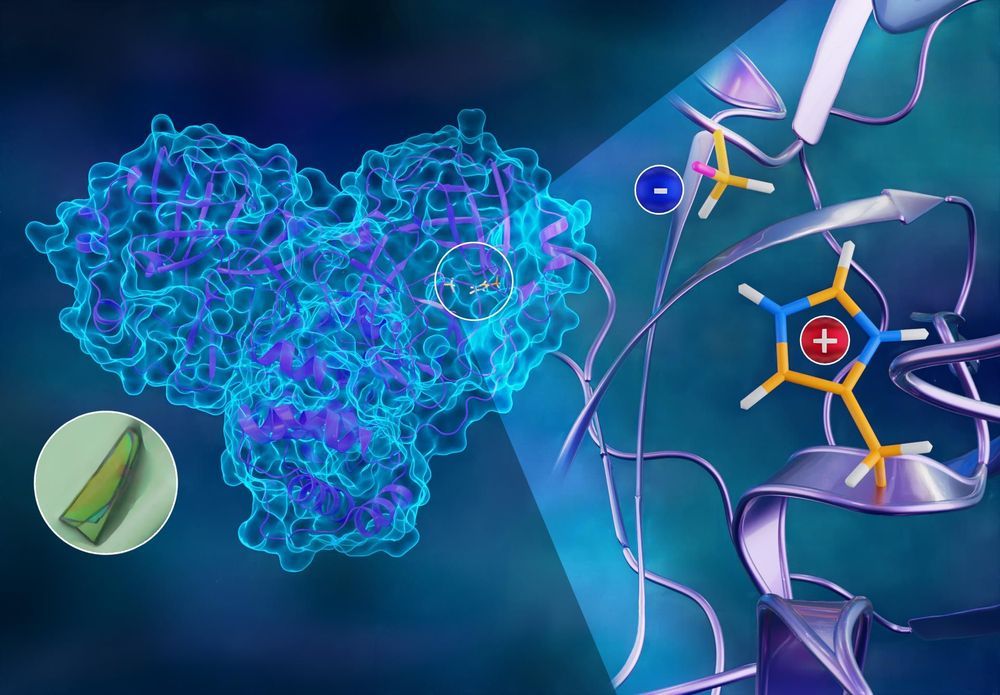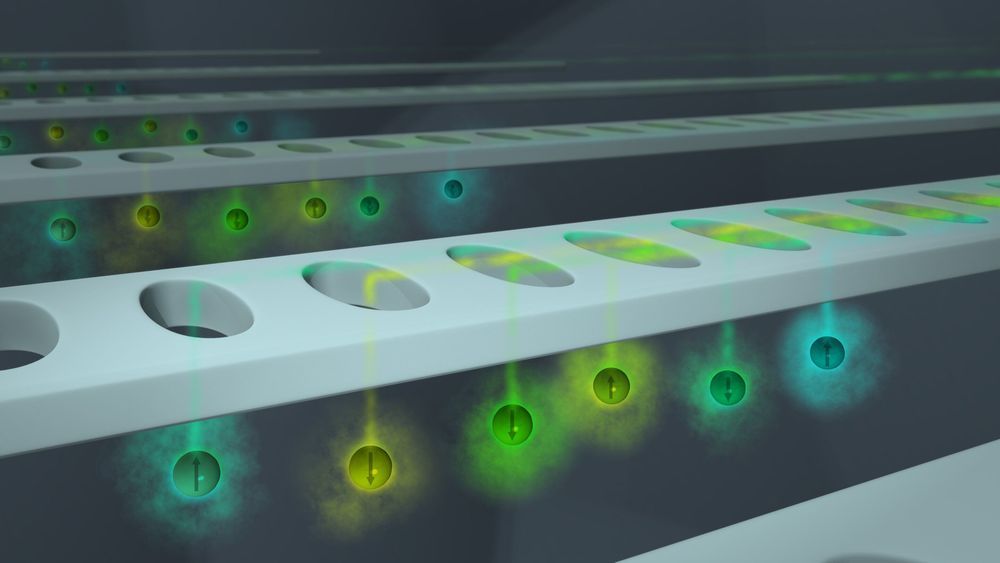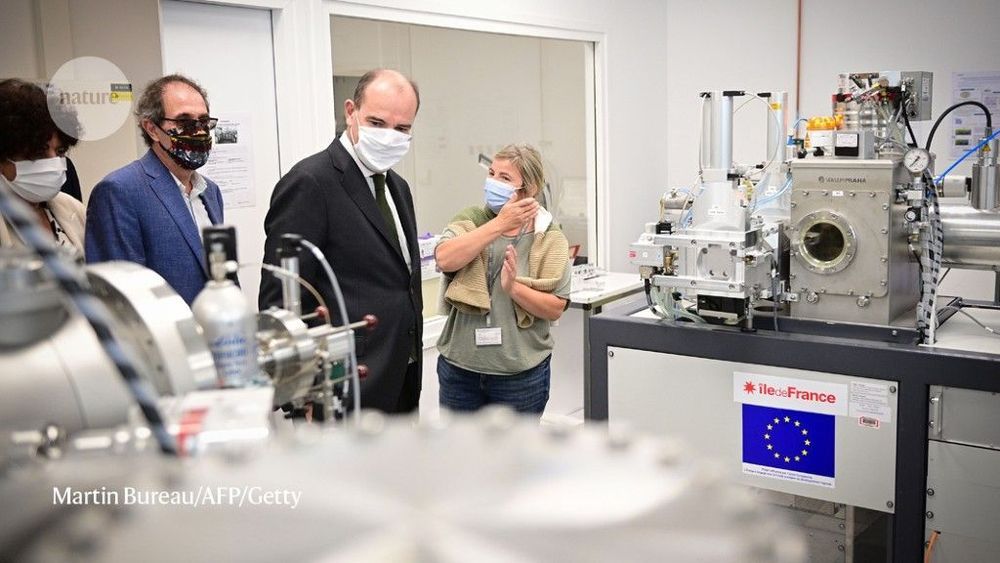Nuclear fusion is the great hope for generating clean power. Scientists in France have started assembling an enormous international fusion reactor known by the acronym ITER. It has already taken ten years and a global scientific effort to get this far. And now the main construction at the huge complex in southern France will begin, with components sent from all over the world. The idea is to create energy not by splitting atoms like nuclear power stations do now, but by fusing them together.
Subscribe: https://www.youtube.com/user/deutschewelleenglish?sub_confirmation=1
For more news go to: http://www.dw.com/en/
Follow DW on social media:
►Facebook: https://www.facebook.com/deutschewellenews/
►Twitter: https://twitter.com/dwnews
►Instagram: https://www.instagram.com/dw_stories/
Für Videos in deutscher Sprache besuchen Sie: https://www.youtube.com/channel/deutschewelle
#ITER #NuclearFusion #ClimateChange









